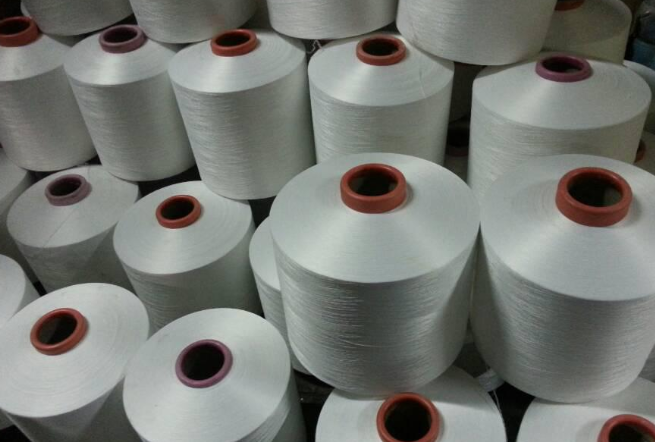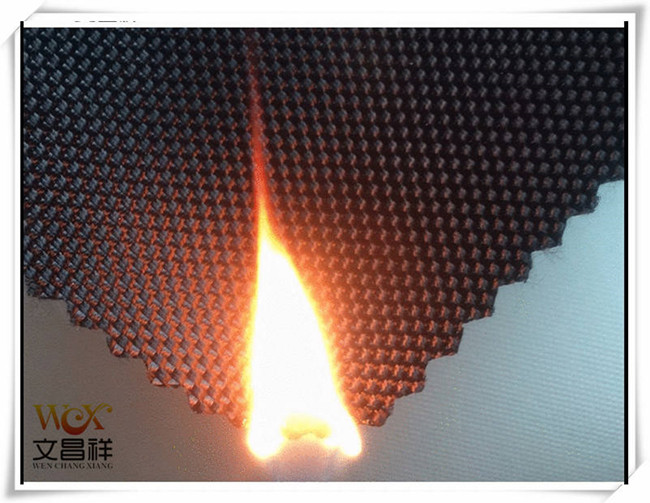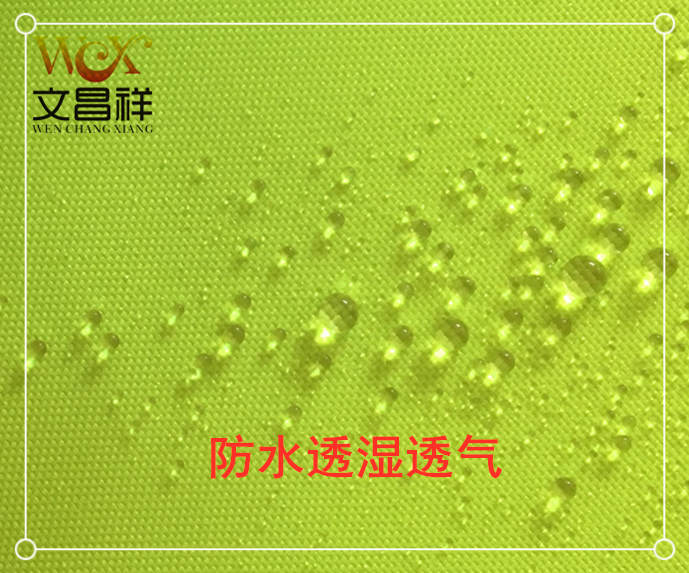Synthetic fibers are made from low-molecular compounds in coal, petroleum, and natural gas as raw materials. They are formed into high-molecular compounds through artificial polymerization. They are dissolved or melted to form silk liquid, which is then ejected from the spinneret and solidified to form fibers. Common types are: polyester (polyester), nylon (polyamide), spandex (polyurethane), acrylic (polyacrylic acid)

Polyester is an important variety of synthetic fibers and is the trade name of polyester fiber in my country. 70% of chemical fiber fabrics use polyester. Being familiar with polyester is very important for understanding chemical fiber fabrics. At the same time, polyester is currently the cheapest textile raw material.

Polyester flame-retardant fabric
Polyester fabric has high strength, elastic recovery, durability, anti-wrinkle, no ironing, and light and sun resistance. It has good water resistance and is easy to dry after washing. However, polyester fabric has poor hygroscopicity, feels stuffy when worn, is easily charged with static electricity, and is easily contaminated by dust.
Polyester is the most heat-resistant fabric among synthetic fabrics. It is thermoplastic and can be shaped to stabilize the size and make pleated skirts with long-lasting pleats.

Polyester fluorescent waterproof fabric
The shortcomings of polyester fabric can be improved in post-finishing. Polyester Oxford cloth is widely used in home, industry, outdoor, agriculture, Medical and health equipment, safety protection, tents, luggage fabrics and other fields. For details, please consult customer service or call the hotline: 400-8380917
</p








